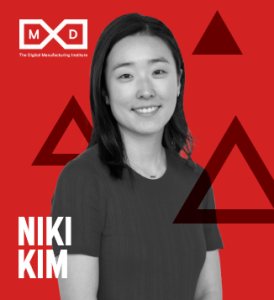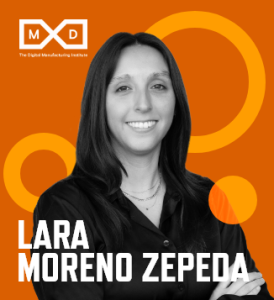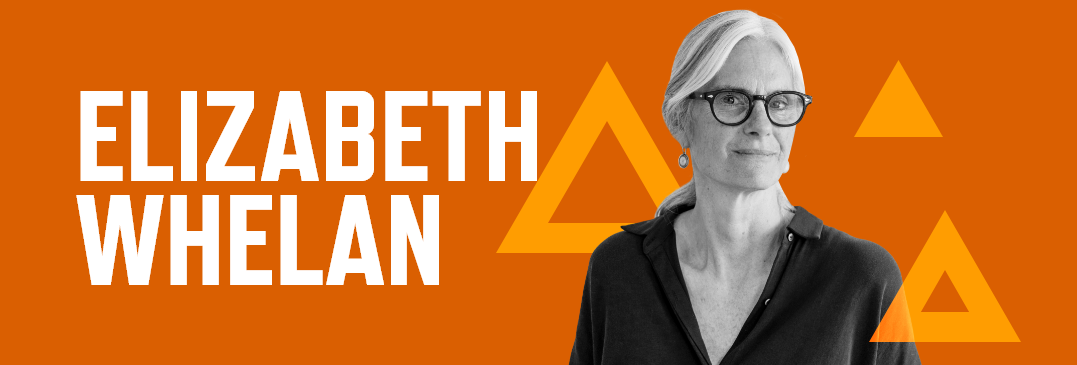
Designer, Fabric Innovator, Gardener
With Elizabeth Whelan, you're looking at the world of textiles through the eyes of a designer, innovator, and creator. She doesn’t just make fabrics—she reimagines their purpose. Every piece she designs must perform well, be functional, and look beautiful. It’s this approach, with an emphasis on balance and symmetry, that drives manufacturers and industry partners to work with the new products, new methods, and new possibilities of Elizabeth Whelan Design.
In her studio, Elizabeth develops everything from the ground (or thread) up: weave structures, yarns, color palettes, and even prototypes. She selects mills worldwide—on four continents, no less—to bring her studio creations into large-scale production. Elizabeth also oversees all performance testing and works with manufacturers to make certain her fabrics and textiles fit seamlessly into their final product. Every fabric Elizabeth creates is intended to improve the product, whether it’s a high-performance ergonomic chair or a sleek travel bag. Her work spans fashion, furniture, and even tech. For example, the fabrics she developed for Humanscale are integral to the ergonomic performance of the seating line and meet the demanding standards for durability, function, and style.
Elizabeth earned her Bachelor of Arts in History from Trinity College and a Bachelor of Fine Arts in Textile Design from the Rhode Island School of Design (RISD).
As a member of AFFOA, the Advanced Functional Fabrics of America, Elizabeth led a project to create a woven fabric with LED fibers that can act as a communication device. That project—and others like it—have been recognized with awards, patents, grants, and fellowships, including the 2023-24 Rome Prize fellow in Design at the American Academy in Rome and the 2024 Helen Metcalf Visionary Award from RISD.
Elizabeth also holds utility patents in the U.S. and Europe. Her textiles are in global production and part of permanent museum collections, including the Cooper Hewitt Smithsonian Design Museum. Elizabeth also shares her passion for creating and manufacturing new fabrics through teaching and lecturing internationally. Because of her zeal for designing, innovating, and creating new possibilities in fabrics, Elizabeth Whelan is a Modern Maker.
Q&A with Elizabeth
How did you find your way to working in advanced manufacturing?
My work with Niels Diffrient, an industrial designer and leader in ergonomic design, led me to advanced manufacturing. For fourteen years, I designed the fabrics for his ergonomic chair collection for Humanscale. I needed to find mills that would weave to our specifications for very advanced ergonomic seating. This led me to advanced manufacturing environments that were fantastic, forward-thinking, and collaborative. It changed my design practice, and I have never looked back. In 2016, I read about AFFOA. Its purpose aligned with a need that I recognized in my experience: advanced manufacturing, understanding that textiles can be far more than either a covering or an industrial material, that textiles can advance the products and purpose for which they are created.
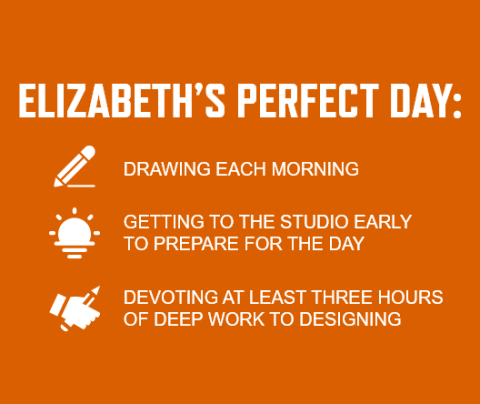
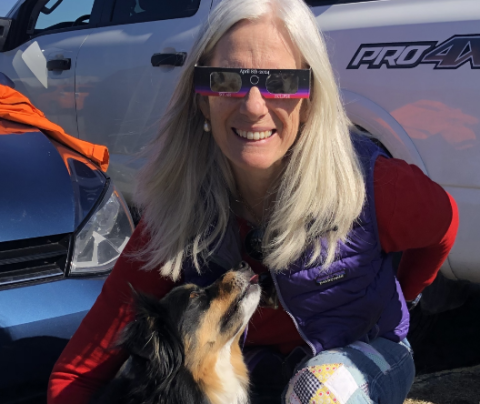
What is the most challenging part of your job?
Right now, the most challenging part of my job is finding companies that want to adopt my fabric, Artemis, that I created for ergonomic seating. I find that companies want innovation, but few are willing to support it. The marketplace for ergonomic chairs suffered a setback during the pandemic and has been slow to recover, and investment in new ideas is not a priority because manufacturers are strained. However, it may be that the time is ripe for creating products that move manufacturing forward with new products, new methods, and new possibilities.
What is the best part of your job?
The best part of my job is when I am sitting down and creating new fabrics. It is blissful for me to sit down, create a weave draft, draw and paint out a pattern, experiment with new materials, and weave on the sample loom - all in pursuit of a textile that improves the things we use on a daily basis. I like this deep work. It is not easy and requires revisions. It is a kick to see it come to life, scale it up, and see that it helps people.
What would people be surprised to learn about manufacturing or your role in manufacturing?
My responsibility moves from the initial design and prototype phase into beta runs, scaling up, and post-production issues. I am a designer who can bring her work from idea into large scale production, and that's rare. I do not do it alone. Manufacturing creates collaboration, requires problem solving, and this creates better fabrics and products. It opens the door to create something new and better to what we currently have in the world. It's a challenge to manufacture things that are advancements. It requires skill, collaboration, stamina and vision. While I am designing an advanced fabric, I endeavor to problem solve in the prototype process so that it can help manufacturing. There will always be challenges, but as a designer, my role is to solve as many problems as possible in the design process so that manufacturing can focus on its expertise.
What advice do you have for someone new to the industry or considering manufacturing as a career?
Making things is very rewarding. Holding something in your hand or seeing a product come to life is very satisfying. An excellent manufacturing environment is an inspiring place to be. It's physical: it requires getting up, moving around, going on to the "floor" to solve problems and check progress. I consider those who work in manufacturing important collaborators in my work.
What makes you excited to go to work on Mondays?
I like what I do for a living, and that makes it easy to get going on a Monday. But this just did not fall into place: I made choices, made mistakes, and I have worked diligently. The thing that gets me excited is creating prototypes, collaborating with clients that have a real need for my work, working with others in my studio, and in manufacturing to see these ideas come to life and have a positive impact.
If you didn’t have to work, how would you spend your day
I would probably work on my home and property: garden, clear invasive plants, and continue to design materials in my home and cook a lot more. I would also do more work in my small town here in Maine to help others.
What are the three most important skills for your job?
The first is the skill of making the prototypes - actually making the physical product. The second skill is moving it into production. And the third skill is working collaboratively.
What activity gives you the most energy?
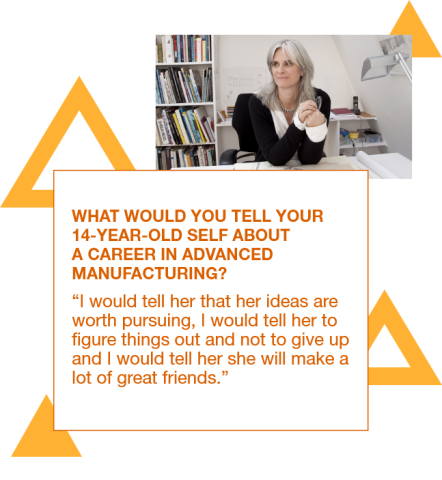
Getting outdoors, whether it is hiking, playing tennis, gardening or cutting up wood to be kindling for my woodstove. Watching nature. I live in a place where there are amazing creatures and birds. It inspires me.
What hobbies make you better at your career?
I knit and I draw. I am learning to grow a lot of my own vegetables and fruits and that teaches me patience, nurturing nature and learning from the earth.
How does the work you do impact the world?
I seek to make textiles that improve the products we use on a daily basis, that improve the human experience through their function, their beauty and their purpose; that are sustainable in the materials and the methods of manufacture.


